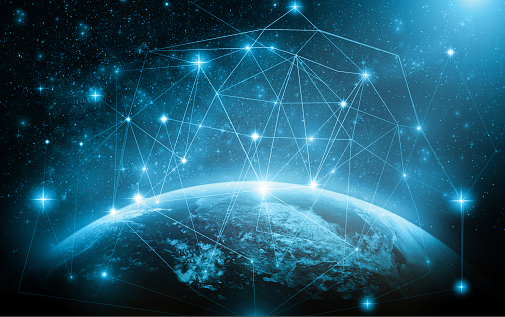Telecom & Technology Consulting

Ever since the invention of the wheel, people have been imagining and predicting how technology will shape human life (and business). Now that it’s impossible to separate tech from our daily lives, it easier to assess what will come tomorrow, next month, and next year.
But rather than looking to just 2018, we wanted to take a longer, half-decade view. Here are some trends to be aware of from now until 2023:
Technology companies are competing with each other in the race to be the best with Artificial Intelligence (AI). And no wonder – someday soon, AI will likely be weaved into every device, application, app and service, for both business and consumer use.
A big aspect of AI is augmented analytics, which can give a major strategic advantage to companies who apply it correctly. Organizations who want compete in the 2020s must begin to explore these intelligent apps today.
Speaking of AI, this growing technology will change the way that companies work. For example, AI will improve decision-making, enhance business models, and transform the entire customer experience.
In fact, according to Gartner, 59% of companies are already developing an AI strategy, with the majority of others considering their own AI plans. In the next five years, AI will be integral for every business model.
AI, of course, is linked with the Internet of Things (IoT). And as the IoT explodes, AI will allow an endless amount of devices to operate autonomously or semi-autonomously.
Another technological aspect that will be big by 2023 are digital twins. These are digital representations of real-world systems, which provide updates on their actual counterpart. The digital representation can automatically react to all types of business activity, which can save companies massive amounts of costs for maintenance, repairs, design and production.
Also look out for Edge computing, which aligns computation more toward the user. Unlike using the cloud, edge computing reduces bandwidth and eliminates the latency between sensors and the cloud. As self-driving cars and IoT (among other intelligent technologies) continue their ascension, there will be increased demand for real-time data processing.
There is so much that is changing how we relate to the digital universe. Something called “Conversational Platforms” will allow us to “speak” to a computer without having the learn how to use an interface. Many experts predict this will become the primary way that we interact with technology and the online world.
Of course, you can’t discuss the future without mentioning Virtual Reality (VR) and Augmented Reality (AR). We already know how both of those concepts are defined. But in the next five years we’ll see the dominance of mixed reality (MR), which combines AR and VR.
But no matter what technology is on the horizon, we will have a corresponding security threat. Within the next five years, we’ll see security be more dominated by continuous adaptive risk and trust assessment (CARTA). This measure allows for real-time, risk and trust-based decision making with the ability to respond according to specific security threats.
No one can predict where their business will be in five years, but we can prepare for how we will conduct our business.